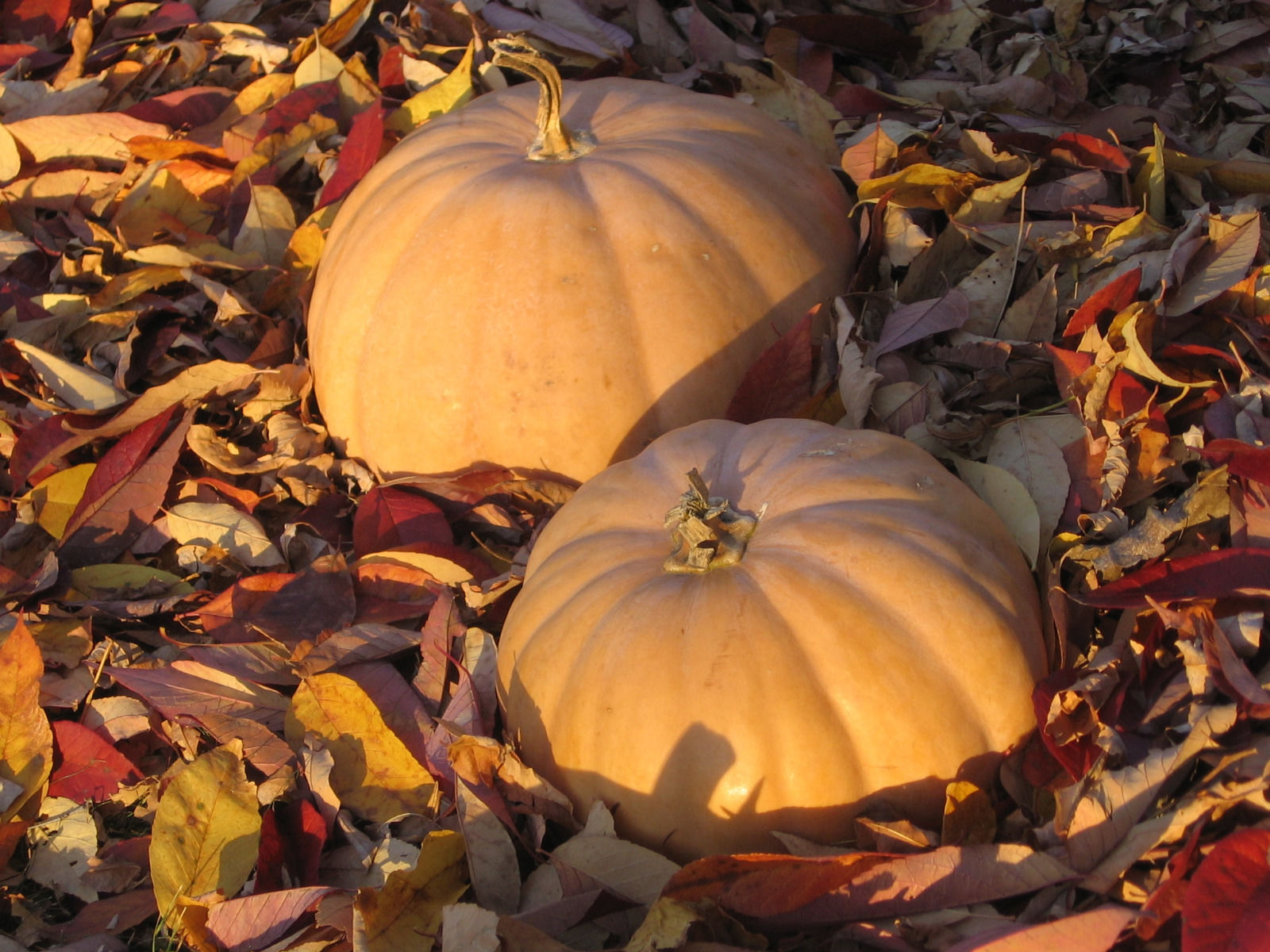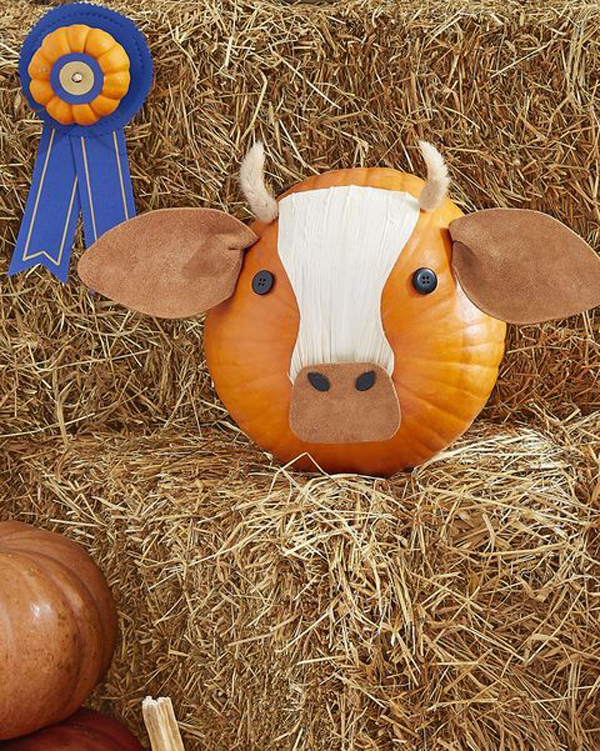
Introduction
The cow pumpkin, scientifically known as Cucurbita maxima, is a unique and fascinating variety of pumpkin that resembles the black and white patches found on a cow. This distinct pattern makes it a popular choice for autumn decorations and adds a whimsical touch to any harvest display. In addition to its aesthetic appeal, the cow pumpkin also offers several health benefits and culinary uses. Let's delve into the world of cow pumpkins and explore their characteristics, cultivation, and various ways to incorporate them into your life.

Characteristics of Cow Pumpkin
The cow pumpkin is known for its striking appearance, featuring a vibrant orange color with distinctive black and white patches. These patches vary in size and shape, giving each cow pumpkin a unique pattern. On average, cow pumpkins weigh between 10 to 30 pounds, but they can grow even larger under optimal conditions. Their flesh is firm and sweet, making them ideal for both savory and sweet culinary creations.

Cultivation of Cow Pumpkin
Growing cow pumpkins requires specific conditions and care to ensure a successful harvest. They thrive in warm climates with plenty of sunlight and well-drained soil. Before planting, it is essential to prepare the soil by adding organic matter and ensuring a pH level between 6.0 and 7.5. Cow pumpkin seeds should be sown directly into the ground after the last frost, as they do not transplant well. Regular watering and fertilization are necessary to support healthy growth.

Cow Pumpkin Harvest
After approximately 90 to 120 days, cow pumpkins are ready to be harvested. A ripe cow pumpkin will have a hard rind and a dull appearance. To ensure a longer shelf life, it is advisable to leave a small section of the stem attached to the pumpkin during harvesting. Carefully cut the pumpkin from the vine using a sharp knife or pruning shears. Handle with care to avoid any damage that could shorten its storage potential.

Cow Pumpkin Culinary Uses
While the cow pumpkin's unique appearance makes it a popular choice for decorations, it is also a versatile ingredient in various culinary preparations. Its sweet and firm flesh lends itself well to both savory and sweet dishes. Here are some popular ways to incorporate cow pumpkin into your meals:
1. Creamy Cow Pumpkin Soup: Puree roasted cow pumpkin with vegetable broth, cream, and spices for a comforting and flavorful soup.
2. Cow Pumpkin Pie: Use cow pumpkin puree as a substitute for traditional pumpkin in pies, adding an interesting twist to this classic dessert.
3. Grilled Cow Pumpkin Steaks: Slice the cow pumpkin into thick steaks, marinate with herbs and spices, then grill for a unique and delicious vegetarian main course.
4. Cow Pumpkin Bread: Add grated cow pumpkin to your favorite bread recipe for a moist and subtly sweet loaf.
5. Cow Pumpkin Ravioli: Stuff homemade ravioli with a creamy cow pumpkin filling for an indulgent and seasonal pasta dish.

Health Benefits of Cow Pumpkin
Beyond its culinary uses, cow pumpkins offer several health benefits due to their nutrient-rich composition. Here are some notable advantages:
1. Antioxidant Powerhouse: Cow pumpkins are rich in antioxidants, such as beta-carotene, which can help protect the body against oxidative stress and promote overall well-being.
2. Immune System Support: The high vitamin C content found in cow pumpkins can boost the immune system, helping to ward off illnesses and infections.
3. Digestive Health: The fiber content in cow pumpkins aids in digestion and promotes a healthy gut by preventing constipation and maintaining regular bowel movements.
4. Nutrient Dense: Cow pumpkins are a good source of essential vitamins and minerals, including vitamin A, vitamin E, potassium, and magnesium, all of which play vital roles in overall health.
5. Weight Management: Due to their high fiber content and low-calorie nature, cow pumpkins can help with weight management by promoting a feeling of fullness and reducing overeating.

Conclusion
The cow pumpkin is not just a visually appealing autumn decoration; it also offers numerous culinary possibilities and health benefits. Whether you choose to use it in soups, pies, or other creative dishes, the cow pumpkin's sweet and firm flesh is sure to delight your taste buds. Additionally, its nutrient-rich composition makes it a valuable addition to a well-rounded diet. So, embrace the whimsical beauty and versatility of the cow pumpkin and elevate your autumn experiences with this unique variety.